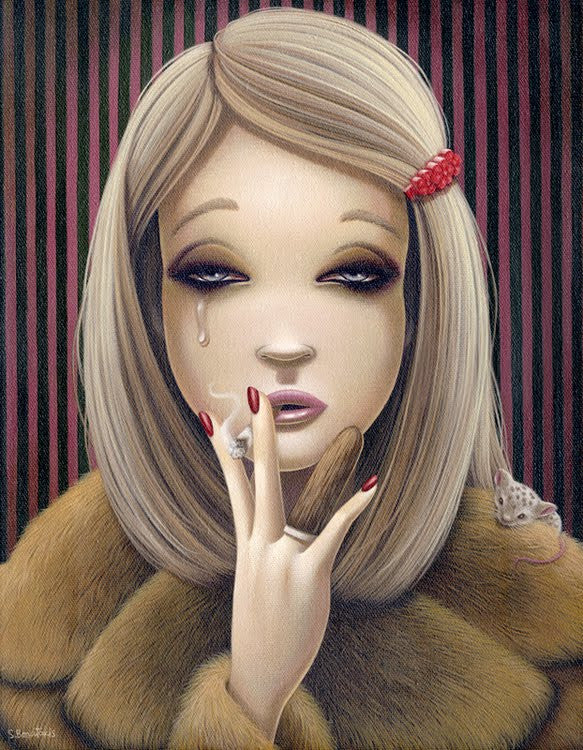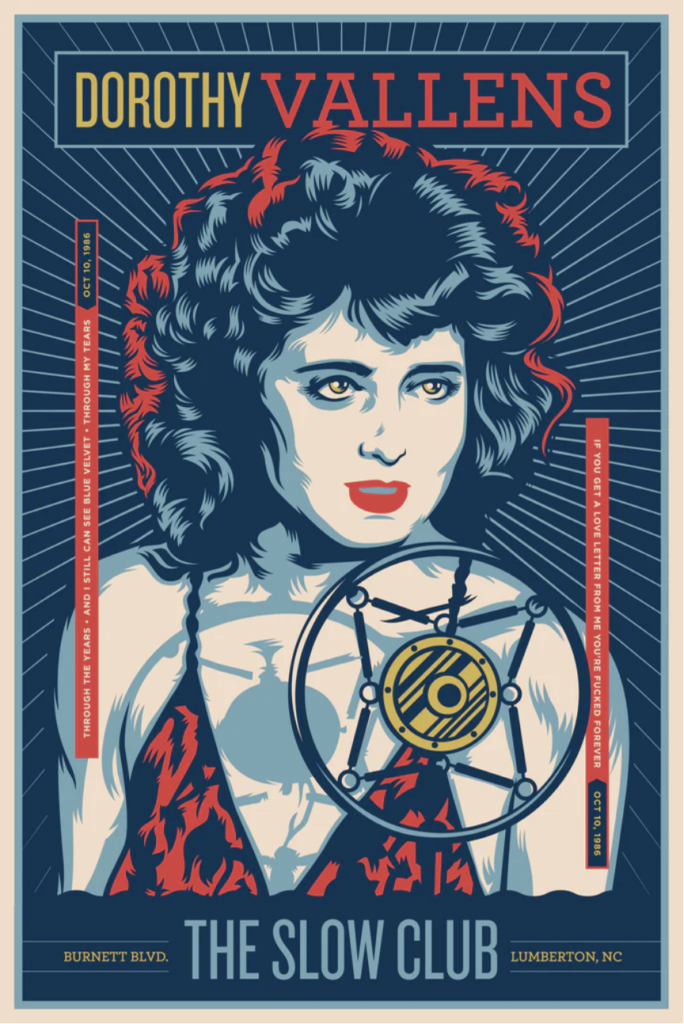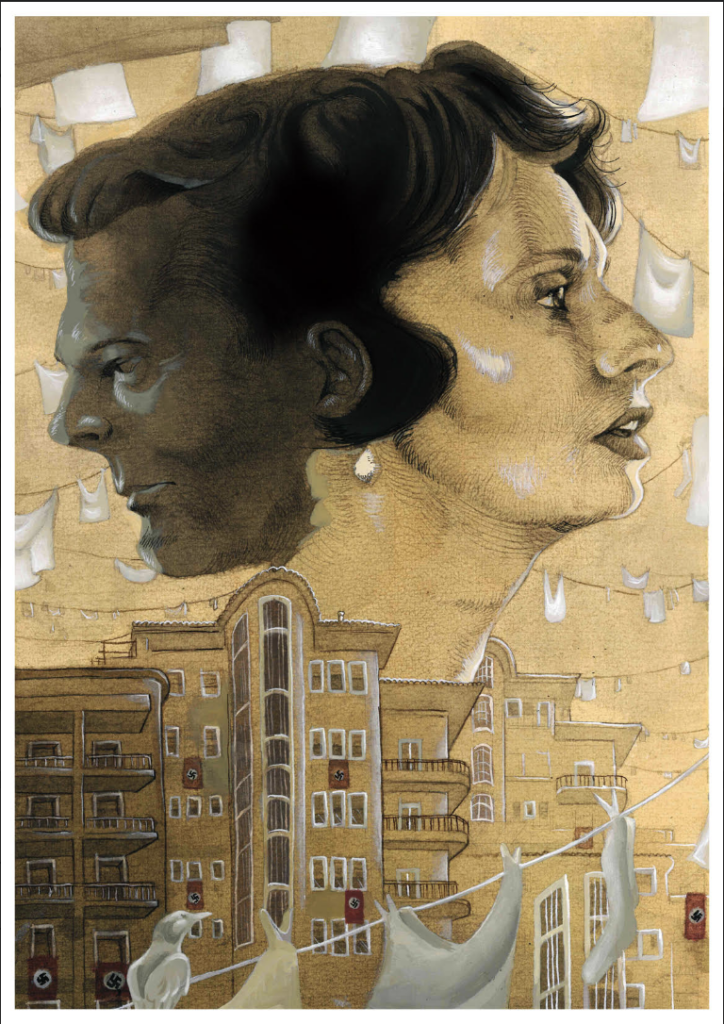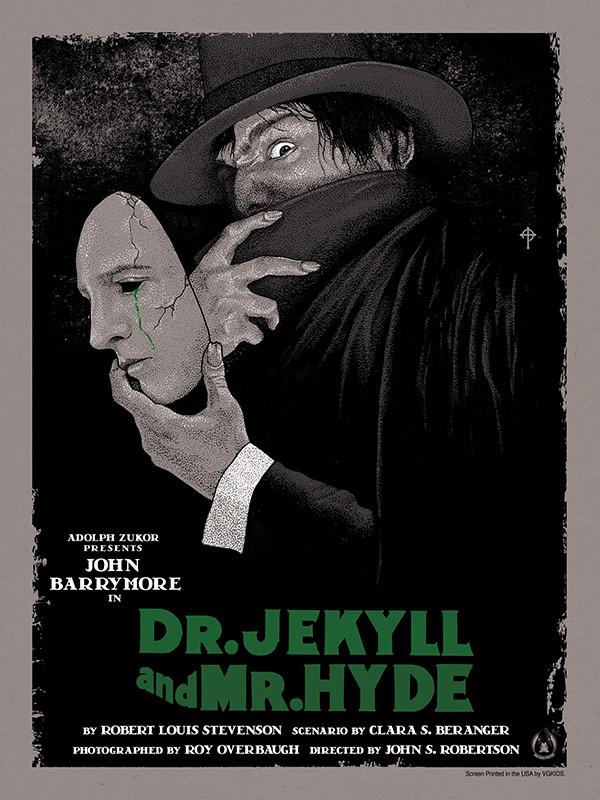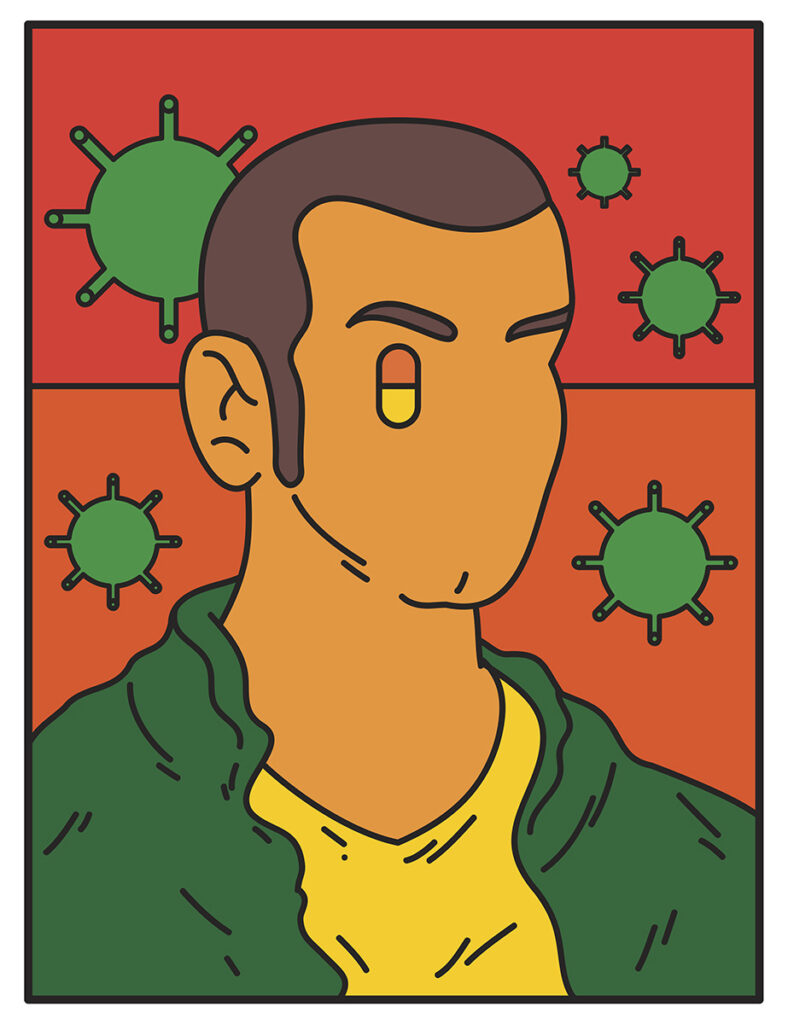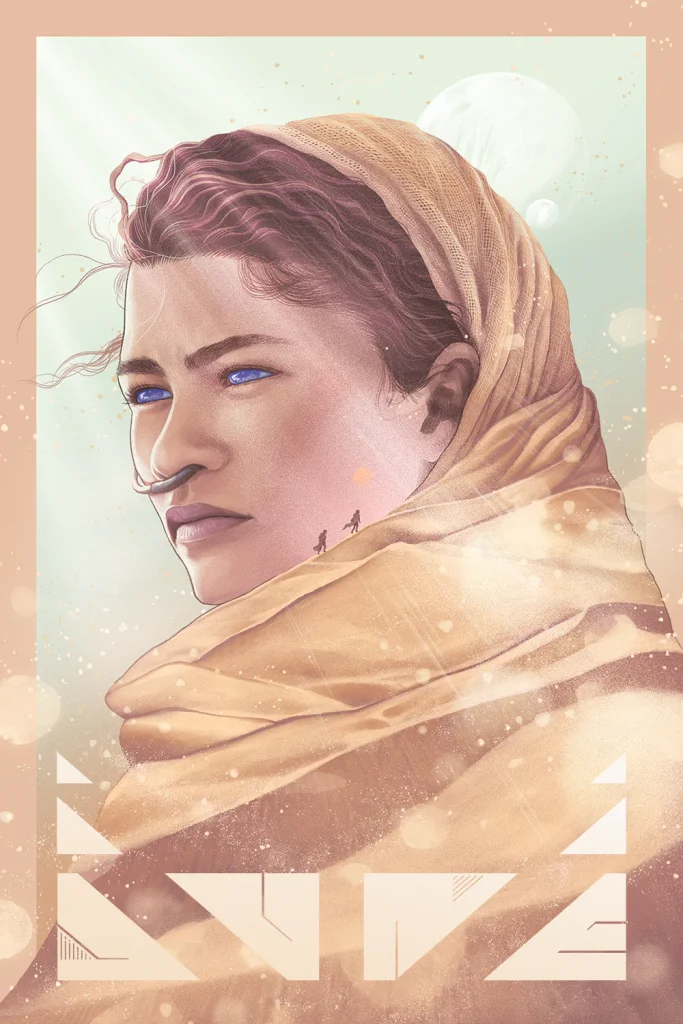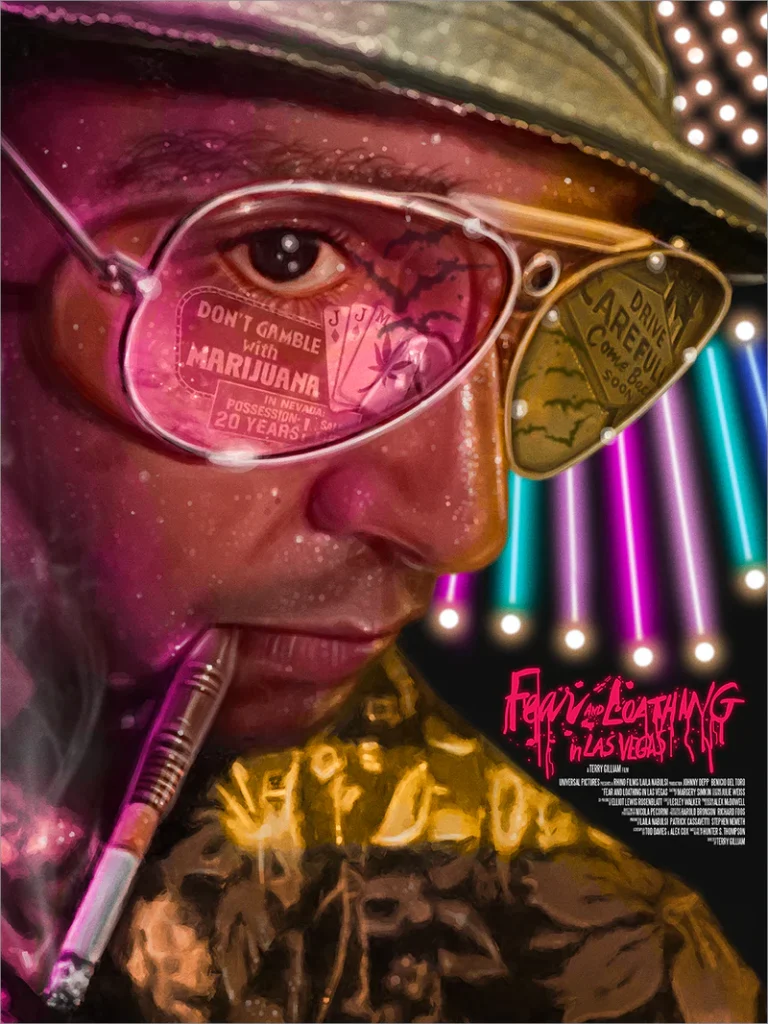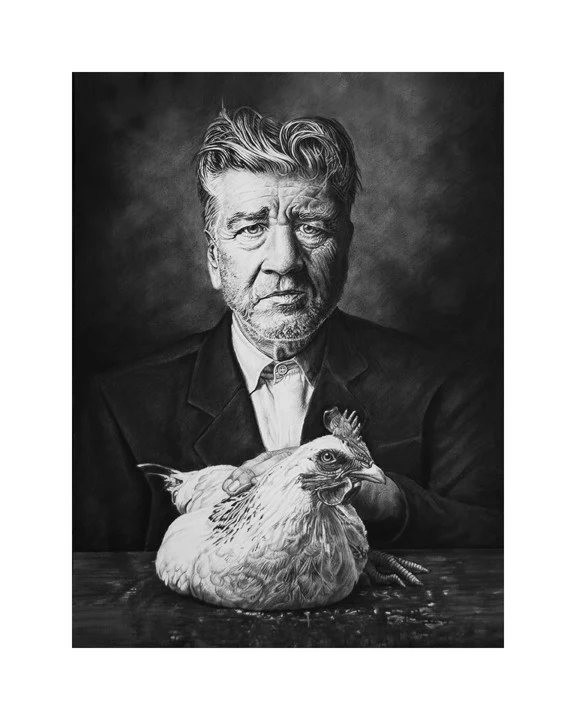Soggettiva Gallery dedicates a tribute to the film portrait, the most recent declination of an art form among the oldest ever used by man to represent himself and the reality that surrounds him.
Crowning a path that over the centuries has crossed the history of art before, photography then and finally cinema, the exhibition focuses on portrait as a tool through which the greatest directors have been able to create an indissoluble emotional bond with the public, taking advantage of the big screen to instill the features of the actors, captured by a camera placed a few inches from their faces, an expressive power never reached by any other artistic form.
THE BEST OF WESTERN CINEMA
The exhibition travels through the filmography of some key directors of the history of American cinema – from Scorsese to Tarantino, from the Coen brothers to Lynch, from Tim Burton to Wes Anderson -, French – the protagonists of the Nouvelle Vague, Truffaut and Godard -, and Italian – with two internationally recognized masters such as Fellini, Antonioni and Scola.
After a foray into Gothic literature – with the characters of Dracula, Doctor Jekyll and Mr. Hyde and The Wife of Frankenstein – in horror cinema – among others They Live and The Silence of the Innocent – and in the filmic universe “hallucinated” – Trainspotting and Fear and Deliro in Las Vegas – the exhibition shows some of the most recent releases welcomed by the public and critics.
CINEMA IN THE SPOTLIGHT
From 9 May (until 16 June) Subjective Gallery presents The Face of Cinema, a study of the central role that the portrait plays in making a film unforgettable. Among the most ancient artistic genres, the portrait, since ancient painting, is the instrument to which the human being has entrusted his own self-representation, giving him a value of witness and memory.
Over time the portrait has been able to return the different perception that the artist and the human being more generally had of himself according to the different eras in which he lived: up to the twentieth century when, with the advent of psychology and psychoanalysis, the portrait was seen not only as an objective representation of the external appearance of a person, but as a real subjective mirror of his inner self: in this epochal change a prominent role is played by new inventions such as photography and above all cinema, which, looking at man through a new perspective, that of the camera and camera lens, established a whole new relationship with the portrait.
THE HOLLYWOOD MAESTROS
The filmographies through the works on display touch some of the countries that best expressed an imagination in the form of film sequences, often thanks to shots that represent a subject in an extremely close, with a first or very close-up. Starting from the United States, the birthplace of the seventh art, there will be films by a movie giant like Martin Scorsese – from classics like Taxi Driver and Toro Scatenato, whose protagonists played by Robert De Niro have been reinterpreted respectively by the Canadian graphic designer Samuel Ho and the French illustrator Fredlobo Lopez, up to more recent films such as The Age of Innocence and Killers of the Flower Moon, where the iconic Michelle Pfeiffer and Lily Gladstone are shot respectively in the works of a well-rounded artist like Stefania Gagliano and in that of the Milanese painter and cartoonist Matteo Costa – as well as the disturbing films of David Lynch – if on the one hand the designer of Washington Jeffrey Everett dedicates to three masterpieces like Eraserhead, Blue Velvet and Twin Peaks three portraits inspired by the musical performances that appear in the three films, on the other the American artist Joel Daniel Phillips pays homage to the same Lynch with a surreal portrait in the company of a hen – and the films of the pulp master Quentin Tarantino – the protagonists of a cornerstone of his cinema as Pulp Fiction and Kill Bill are re-imagined by Colorado art director Aaron Lea (with the profiles of Uma Thurman and John Travolta that become the cover of two vinyl with the film’s soundtrack) and digital artist Cristina Stifanic, while the Irish designer Conor Langton proposes a portrait able to capture the essence of the same Tarantino.
There will also be films by two innovators such as the Coen brothers: among the works on display those inspired by a great actor like Jeff Bridges, the protagonist of two films that have redefined the genre cinema, namely The Great Lebowski and The Grit: The magical Drugo is inspired by the work of Parisian graphic designer Malone, while the amazing hit man Reuben Cogburn is portrayed three quarters by the French illustrator Yvan Quinet. As for the most emblematic figures staged by Tim Burton and Wes Anderson, you can discover on the one hand characters such as those played by Michael Keaton in Beetlejuice (edited by Conor Langton) and those of Johnny Depp and Winona Ryder in Edward Scissorhands (taken from the Marche painter Veronica Chessa in a fairy-tale format boule de neige), on the other hand those entrusted to the sweet Saoirse Ronan in Grand Budapest Hotel (magazine by Adam Juresko) and the enigmatic Gwyneth Paltrow in I Tenenbaum, chosen as the subject of the captivating work of illustrator Shannon Bonatakis.
A LEAP INTO EUROPE
Taking a trip across the Atlantic, in Europe, will be presented some films from two essential film schools such as French and Italian. As for France, there will be works that refer to the cinema of two sacred monsters of the Nouvelle Vague as François Truffaut and Jean-Luc Godard: in tribute Truffaut will be exhibited two works inspired by two timeless films such as I 400 colpi and Jules and Jim – in which Jean-Pierre Léaud on the one hand and Jeanne Moreau, Oskar Werner and Henri Serre on the other are redesigned by the Virginia designer Adam Juresko -, while to Godard are dedicated – again by Juresko – two reinterpretations of films unique in their genre as Until the last breath, with Jean Seberg chased by Jean-Paul Belmondo, and This is my life, with the profile of Anna Karina that stands out on a three-tone engraving.
Crossing the Italian borders, you can discover the films of three authors in the true sense of the word as Federico Fellini, Michelangelo Antonioni and Ettore Scola. If Fellini will be present with a penetrating portrait of the master of Polish illustration Waldemar Świerzy and with a revisiting of Adam Juresko’s La dolce vita in which Marcello Mastroianni and Anita Ekberg are taken up in a work with dark shades and a “jazz” flavor, Antonioni will be represented by one of his most evocative films, Blow Up, in which the protagonist starring David Hemmings takes us back with his camera, while Scola will be present with A particular day, a timeless classic immortalized by Matteo Costa with a poignant portrait of Sophia Loren and Marcello Mastroianni.
HORROR MOVIES
As for the portraits inspired by the world of “thrill”, the works on display will follow three strands: that of films taken from Gothic literature – three icons such as Dracula (in the version directed by Francis Ford Coppola and interpreted by Keanu Reeves)Dr. Jekyll and Mr Hyde and The Bride of Frankenstein are reinterpreted by Pennsylvania graphic artist Death Kat Design, respectively, by the New York illustrator Timothy Pittides and the Venetian designer Le Nevralgie Constants – that of horror films – on all of them They Live by John Carpenter and a classic like The Silence of the Innocents, honored by the Californian motion designer Hanzel Haro and Yvan Quinet – and the one characterized by films with atmospheres and characters hallucinatory to say the least, as Trainspotting – which was inspired by the British illustrator Scott Balmer – and Fear and delirium in Las Vegas – by graphic designer Gibson Graphix.
THE SUCCESSES OF RECENT MONTHS
Finally a focus will be on the most recent film releases that have stood out for favorable criticism – as in the case of Past Lives, that Matteo Costa rethinks representing the two protagonists Greta Lee and Teo Yoo who look at themselves in a game of temporal and geographical references – for the great success at the box office – as happened at Dune – Part 2, revised by Kris Miklos with a portrait of Zendaya in sand colours – and Poveri Creature, triumphant at the Venice Film Festival and the Oscars, of which Matteo Costa has created a work that enhances the performance of Emma Stone, awarded in Hollywood with the statuette for Best Actress.
INFO
SOGGETTIVA GALLERY
Via Pasquale Sottocorno 5/A, 20122 Milano
3357722437 – 3458463222
Opening hours:
Tuesday-Friday 10 – 20.30
Saturday and Sunday 10-13.30 // 16-19.30



